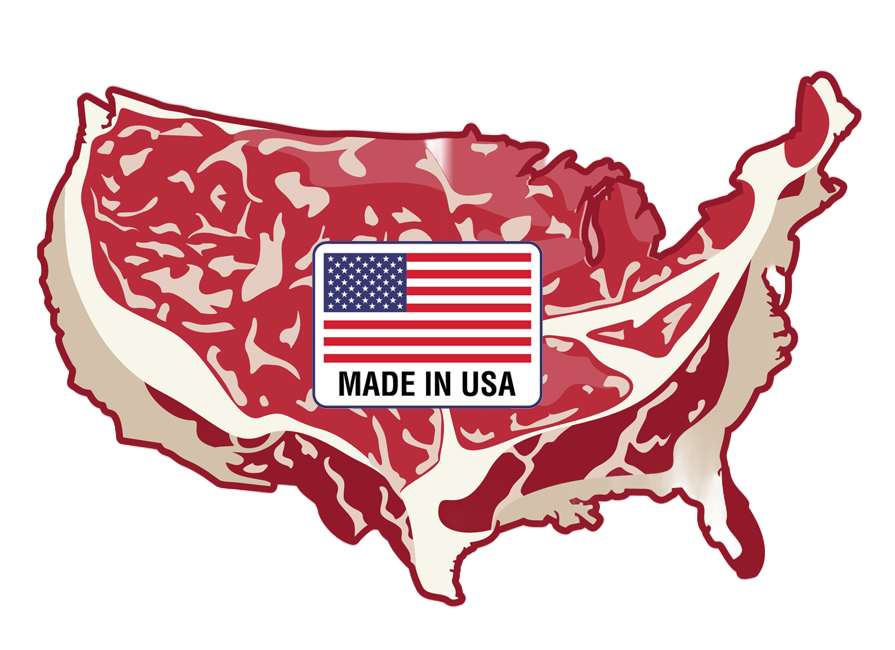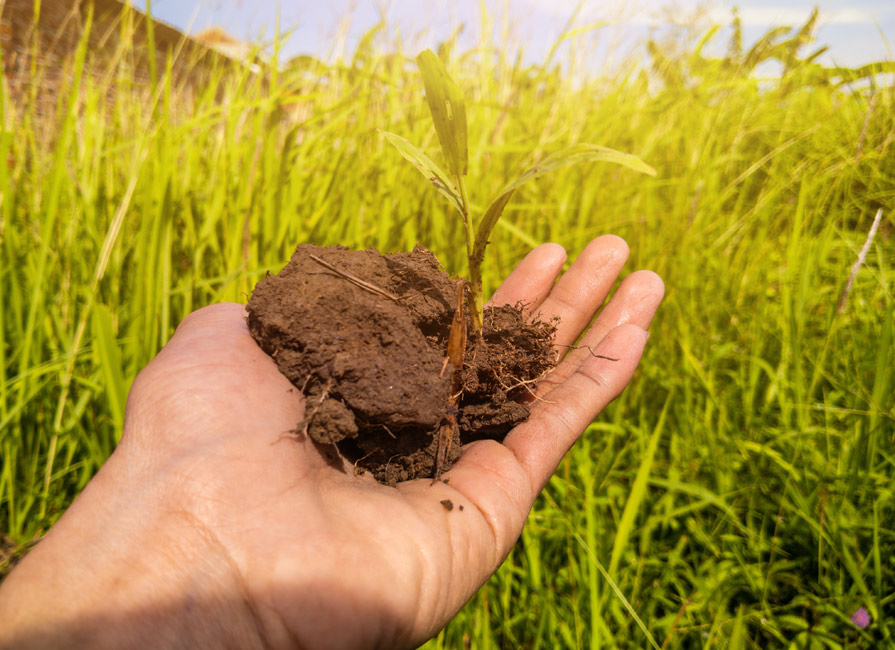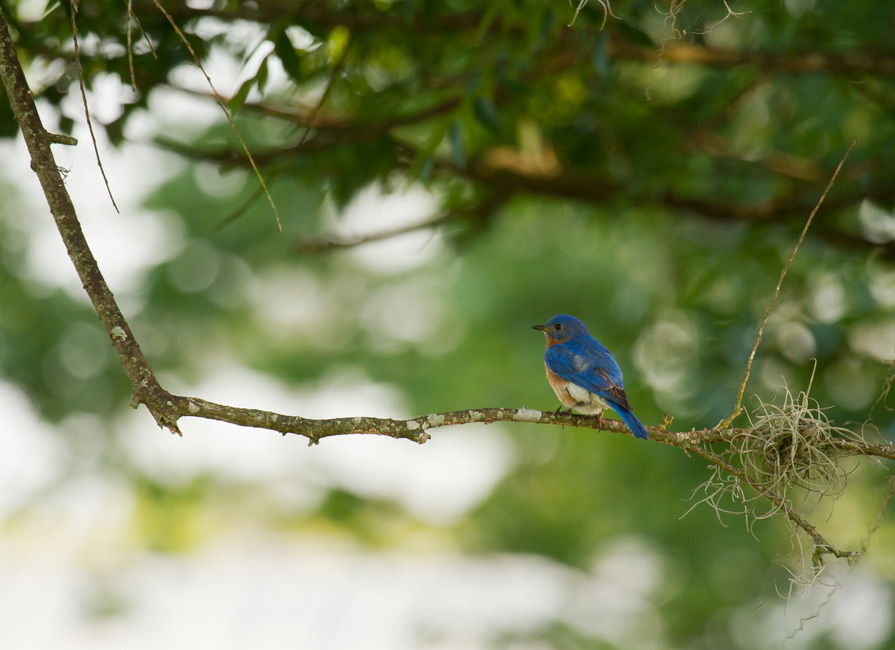In today's increasingly food-conscious world, consumers expect a label to mean what it says—including the…
Industrialized Farming Leaves Behind More than a Bad Smell
 An article in the Washington Post on March 1 caught my attention. Entitled, “Manure becomes pollutant as its volume grows unmanageable,” it focused on a topic that really gets up my nose.
An article in the Washington Post on March 1 caught my attention. Entitled, “Manure becomes pollutant as its volume grows unmanageable,” it focused on a topic that really gets up my nose.
The article is one of an increasing number of investigative pieces which have highlighted the massive pollution problems caused by intensive livestock farming systems – and the fact that we, as taxpayers, are the ones who are currently picking up the bill.
Farming today
Ask the average man or woman in the street to describe a modern farm and it is pretty likely that you’ll still get a rose-tinted description of a traditional family farm, as it was some time ago. Many people still have no idea how the vast majority of their food is produced today. And big farming business wants to keep it that way, believe me.
Before the industrialization of our farming systems in the 1940s-50s, U.S. farming mainly consisted of small family farms working in relative harmony with their surrounding environment. In the spring and summer months, farmers would grow crops and grass to feed their families and livestock, selling the excess to local communities and businesses. The crops would take up nutrients from the soil, which would be utilized by the livestock to produce milk, eggs or meat for human consumption. Over the winter months, the animals would be housed in barns with straw bedding and fed hay. In the spring, the farmers would clear out the straw bedding – now thoroughly mixed with manure – and spread it on the land, thereby returning some of the nutrients that the cattle had consumed back to the soil for the following season’s crops and pasture.
Sustainable family farms do still exist. And, thanks to mounting consumer interest in how food is produced, their number is growing. Animal Welfare Approved farmers across the U.S. seek to work in balance with their environment. They grow grass to feed their livestock, returning manure back to the land. It’s called the natural nutrient cycle.
Spread manure on healthy pastures at the right levels and the worms and micro-organisms that live in the soil will quickly break it down into a more stable form of nutrients, readily available to growing plants. This is a natural process, one that has happened since time immemorial. It’s what the soil critters are designed to do.
Problems with the system
The system described works amazingly well. However, spread too much manure and things quickly start to get out of hand. The soil life cannot cope and the manure is no longer absorbed into the soil. Instead, it sits on the surface, creating increasingly toxic conditions for the friendly soil critters below. Exposed to the weather, the soluble nutrients in the manure – particularly nitrogen, potassium and phosphorous – start to leech away, finding their way into streams and waterways. And this is exactly what is happening on intensive livestock units across the U.S. on a truly massive scale.
The trouble is that these industrial farming units aren’t designed to work with Mother Nature. Gone is the concept of the “natural nutrient cycle”—instead, these industrial units, with their tens of thousands of housed pigs or cattle, or hundreds of thousands of chickens, are now producing so much waste manure that they simply don’t know what to do with it. It’s happening on a scale that is almost impossible to comprehend. And we are all paying for it.
According to the National Hog Farmer’s latest State of the Industry Report, over 116 million hogs were slaughtered in the U.S. last year. But even this figure is dwarfed by the total number of chickens raised for meat and egg production: in 2007, U.S. farmers produced 8.9 billion broiler chickens, while the national flock produced over 90 billion eggs.
Smithfield–the world’s largest pork processor–slaughtered and processed over 27 million pigs in 2005 in the U.S. alone. The Washington Post article reports that livestock produce three times more excrement than humans, so just one of Smithfield’s 500,000 pig units will produce more excrement than the 1.5 million humans living in Manhattan. And we are now learning that the way this manure is stored and managed is having a profound effect on the environment.
Most factory farms collect their waste manure in huge nearby open tanks or cesspools. Some of these lagoons are as big as several football fields, each holding hundreds of thousands–if not millions–of gallons of putrefying manure. Being exposed to the elements, they emit toxic gases such as ammonia and hydrogen sulfide, as well as methane, a key greenhouse gas.
As the waste is expensive to store–and even more expensive to transport–some industrial systems periodically pump the waste out of the lagoons and spray it on the surrounding fields. The problem is that it is often sprayed at such high rates–or at such frequencies–that the soil and plants cannot even begin absorb it.
This “over-application” leads to run-off, where the water-soluble nutrients find their way into our waterways and groundwater systems in vast quantities, polluting our drinking water and rivers, leaving our waterways dead–and directly contributing to the 230 recognized oxygen-deprived dead zones along the U.S. coast.
For various reasons, the regulatory system just hasn’t been able to keep up. The industrial farming lobby is very quick to pull out the “financial threat to the family farm” card and run cap in hand to the government whenever they come under pressure to adopt more environmentally friendly techniques. Yet it is clear that most farming today is about as far from the traditional family farm as you can get.
Who’s paying?
With all this fresh in your mind it might infuriate you to hear that the factory farms aren’t the only ones who are paying to clear up the mess. In fact, taxpayers are contributing significant sums of money, too.
For example, Maryland Department of Agriculture’s manure transport program is a government-funded service for intensive livestock farmers. Under the program, “farmers who have inadequate cropland to fully utilize their manure may apply for grants to transport excess waste to other farms or alternative use facilities that can use the product safely.” So although the factory farming system is effectively designed to fail when it comes to its own waste management, the taxpayer is still expected to help subsidize the disposal of waste manure. Go figure…
So what is the industry doing?
One green solution put forward by the intensive poultry industry is to convert the excess waste manure into fertilizer pellets for sale to homeowners. In 2001, Perdue Farms, one of the leading poultry processors in the US, opened the Perdue AgriRecycle plant in Blades, Delaware, after environmental regulations around the Chesapeake Bay were tightened when research showed that phosphorus in agricultural runoff was polluting the waters of the Bay.
This development sounds like a good idea until you find out that this plant–the largest in the region–handles less than 10% of the poultry manure on the Delmarva Peninsula alone.
So why don’t Perdue and other companies just build more plants to deal with the waste problem they have created? Well, the fact is that Perdue isn’t planning on building any further facilities in the very near future because people just aren’t buying the pelleted manure fertilizer. In addition, there is no more taxpayer money available to help pay for the construction. (The kind taxpayers of Delaware contributed a significant portion of the cost to help build Perdue’s flagship manure processing plant.)
Ok, so you might argue that I’m being a little harsh on these multi-million dollar companies and their failure so far to take any real responsibility for the mess they are making of this planet. In a world of diminishing oil reserves and the threat of climate change, you could argue that it is important to see farming move towards better use of its wastes. But while some might regard such poultry manure processing facilities as a step in the right direction, the reality is that it’s a bit like using Scotch tape to patch a crack in a dam.
The fact is that when your farming system involves feeding huge quantities of feed to massive concentrations of animals in a very small area, it’s pretty obvious that you’re going to get a massive output of manure as well as huge animal welfare issues–and all of the other problems associated with factory farming that I’ve mentioned many times before.
My question is this: why are we spending millions of dollars of taxpayers’ money to help prop up an unsustainable factory farming industry? We shouldn’t be spending more taxpayers’ money to help these factory farms to dispose of the billions of gallons of putrefying waste manure they are producing each year. Instead, we should be looking at ways of getting rid of the centralized, industrial farming systems which produce it in the first place, and helping the remaining family farms to adopt truly sustainable farming practices.
Photo courtesy of Reclaiming Food & Farming.



